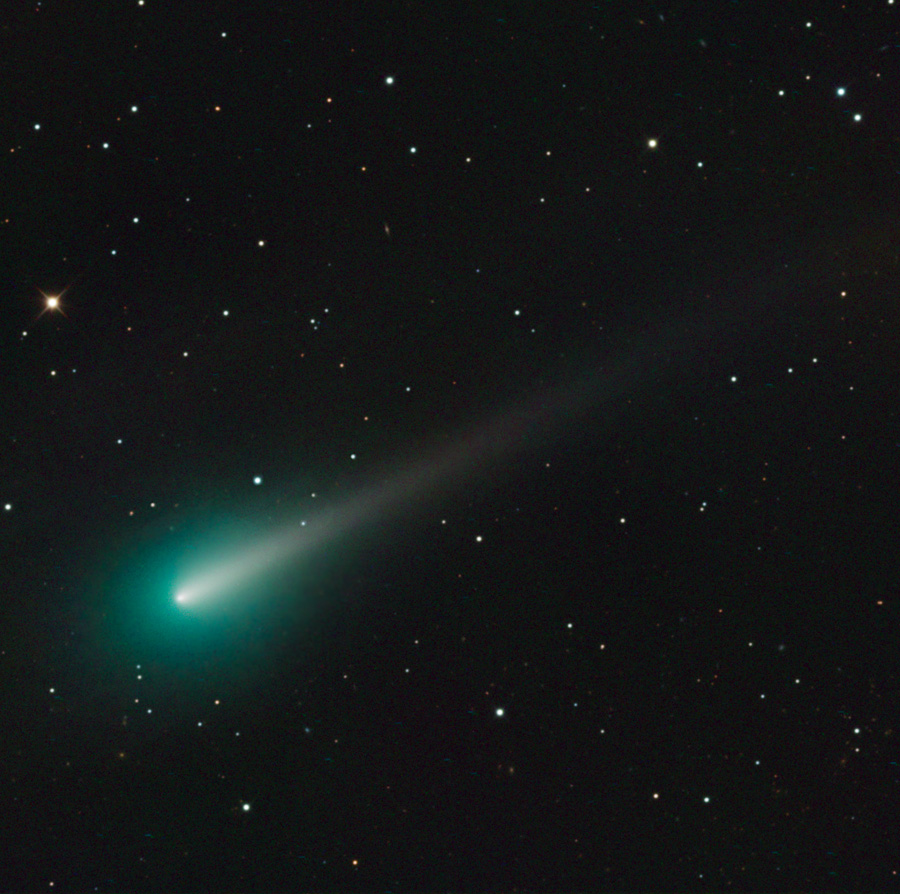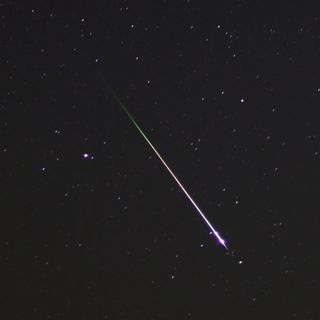Comets, Meteor Showers and Planets, Oh My! November's Must-See Night Sky Events

There are many reasons to cast your eyes skyward this month.
November began with a rare solar eclipse and could end with the potentially dazzling "comet of the century" Comet ISON streaking through the sky. There are also plenty of celestial fireworks to keep avid skywatchers occupied all month long.
Interested observers can catch sight of many planets in the night sky throughout November. [Best Stargazing Events of November 2013 (Gallery)]
"Soon after sunset, Venus emerges to shine like a beacon over the southwestern horizon," said narrator Nancy Calo, in November skywatching video guide released by the Hubble Space Telescope science team. "A telescope provides a slightly better view. Late in the evening, look for magnificent Jupiter in the east. Watch as it climbs higher into the autumn night sky."
Mars can be spotted in the east before sunrise and Mercury can also be seen in the morning during November, Calo said.
On Sunday (Nov. 3), skywatchers along a narrow band of Earth that extends for 8,345 miles (13,430 kilometers) across the Atlantic and Africa were treated to a "hybrid" solar eclipse. Through the course of the cosmic event, the eclipse transitioned from an annular (or "ring of fire") eclipse into a total eclipse. The sun appeared as a ring of fire because the moon's dark shadow fell short of making contact with Earth.
Observers in the eastern part of North America could also see a partial eclipse of the sun early on Sunday. You can see amazing skywatcher photos of the eclipse in many of its stages on SPACE.com.
Get the Space.com Newsletter
Breaking space news, the latest updates on rocket launches, skywatching events and more!

The South Taurid meteor shower peaks Monday (Nov. 4) night into dawn on Tuesday and can be seen best from the Northern Hemisphere. The North Taurid meteor shower peaks a little later, overnight on Nov. 11 into Nov. 12. Both showers produce about 10 meteors per hour during peak. Moonlight will not wash out the South Taurid display, however, the North Taurid shower might be somewhat obscured by the waxing moon, according to EarthSky.org.
Another meteor shower, the Leonids, is also set to peak this month. On the night of Nov. 17 and into the morning of Nov. 18, observers on the ground can potentially see about 40 meteors per hour if weather and light pollution permits, Calo said.
"This shower is the result of Earth’s annual passage through the dust trails left by Comet Tempel-Tuttle, which returns to the inner solar system every 33 years," Calo said.
Scientists and amateur observers are tracking Comet ISON as it makes its way through the solar system during November. The comet will make its closest brush with the sun on Nov. 28, but before that, it could appear as a bright streak on the horizon before dawn if it lives up to some predicted expectations.
Follow Miriam Kramer @mirikramer and Google+. Follow us @Spacedotcom, Facebook and Google+. Original article on SPACE.com.
Join our Space Forums to keep talking space on the latest missions, night sky and more! And if you have a news tip, correction or comment, let us know at: community@space.com.

Miriam Kramer joined Space.com as a Staff Writer in December 2012. Since then, she has floated in weightlessness on a zero-gravity flight, felt the pull of 4-Gs in a trainer aircraft and watched rockets soar into space from Florida and Virginia. She also served as Space.com's lead space entertainment reporter, and enjoys all aspects of space news, astronomy and commercial spaceflight. Miriam has also presented space stories during live interviews with Fox News and other TV and radio outlets. She originally hails from Knoxville, Tennessee where she and her family would take trips to dark spots on the outskirts of town to watch meteor showers every year. She loves to travel and one day hopes to see the northern lights in person. Miriam is currently a space reporter with Axios, writing the Axios Space newsletter. You can follow Miriam on Twitter.












